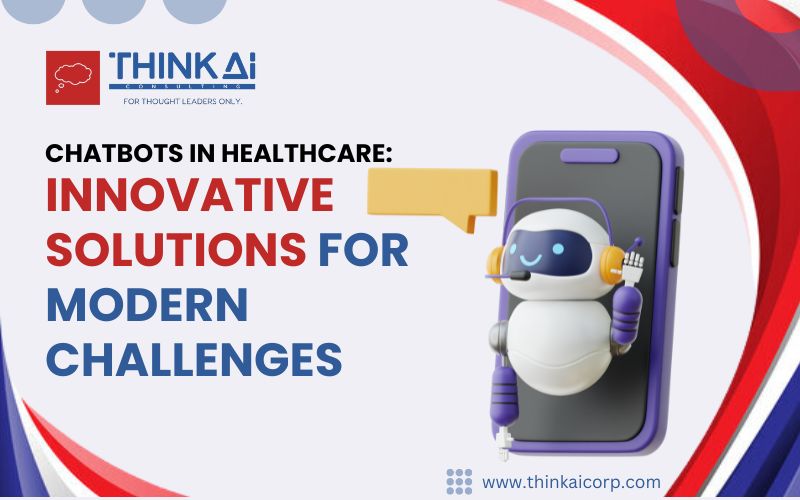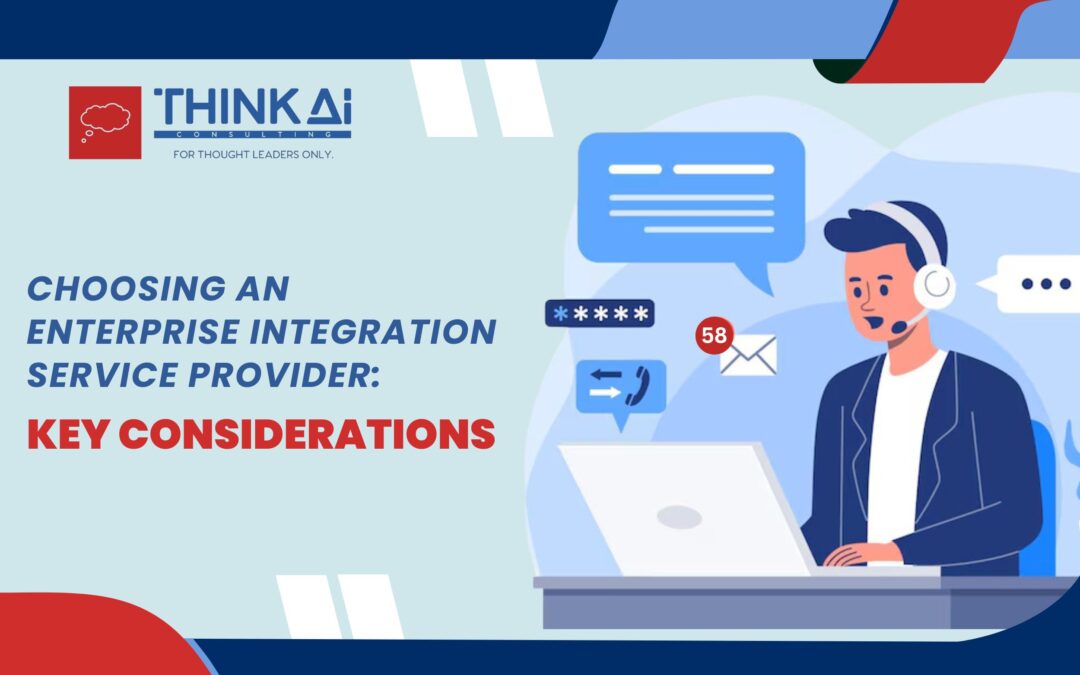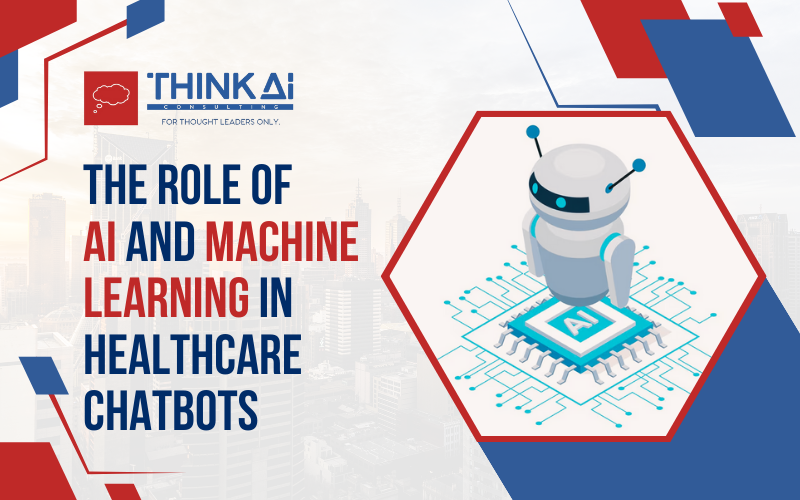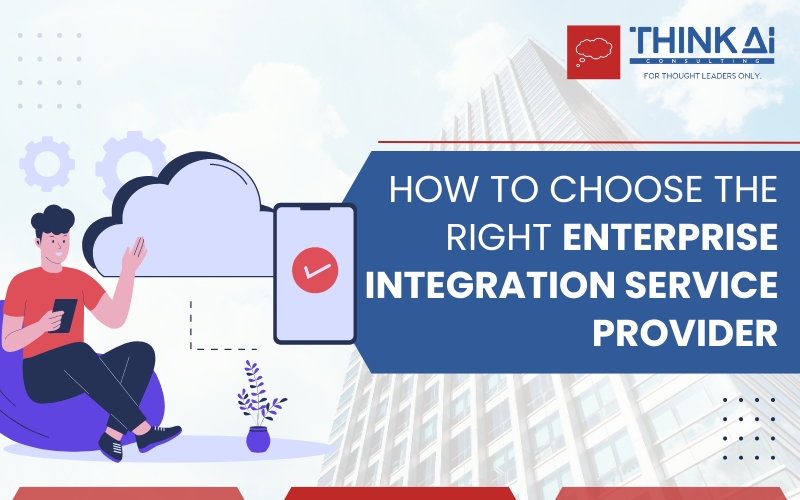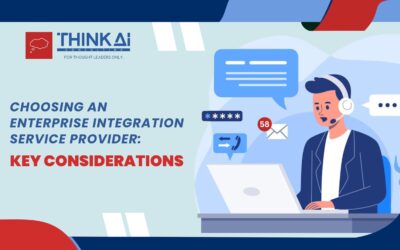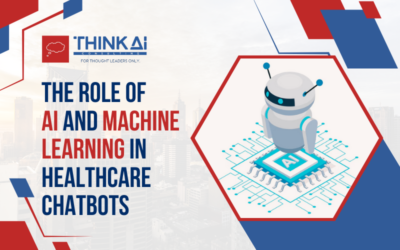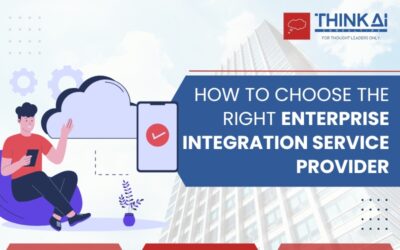Think AI had an amazing year with numerous successes and lots of hope and opportunity!
- The Think AI Chatbot is now available on Microsoft AppSource.
- Think AI is now Microsoft Co-Sell ready. Microsoft’s Co-Sell initiative offers eligible partners the unique opportunity to reach more customers and accelerate revenue through Azure Marketplace and AppSource, Microsoft’s cloud storefronts. Achieving the Co-Sell status requires thorough vetting and approval by Microsoft, and as such is excellent validation of our solutions.
- Think AI was honored by the International Association of Microsoft Channel Partners (IAMCP) SoCal chapter with the Partner Choice award at the IAMCP SoCal 10th Anniversary Party in October of 2019. As a Partner-nominated award, this reflects on our successful collaborations with our Partners.
- Manish Bhardia, Partner at Think AI, was deeply honored to have received the ABAOC Presidential Award of the year. The President of ABAOC presented this award at the hugely successful Asian Business Association Orange County Gala 2019.
- Think AI has partnered with the Free Wheelchair Mission to provide 550 wheelchairs to be distributed to those in need across the globe.
- Think AI helped numerous clients achieve greater success and prepare for the future of business by equipping them with cutting-edge technology tools and expertise.
- Think AI hosted several successful hands-on, executives-only events in Irvine, enabling the leaders in attendance to equip their companies with tools to collaborate in real time and integrate into a single workspace so their team can quickly iterate on projects and better manage day-to-day business activities.
Always looking ahead, Think AI already has plans for an even more exceptional 2020!

Manish works primarily with implementing cutting-edge technology for thought leaders who can envision moving their company into the future of business. These technologies include application of Artificial Intelligence, chatbots, Business Intelligence, and Data Analytics through Power BI. He is your ideal partner to guide you through a complex technology transition in your business.
President of International Association of Microsoft Channel Partners (IAMCP) SoCal
Strong focus on customer service with a history of A++ client satisfaction
Awarded the 2019 IAMCP SoCal Partner Choice Award
Awarded the ABAOC 2019 Presidential Award of the year



